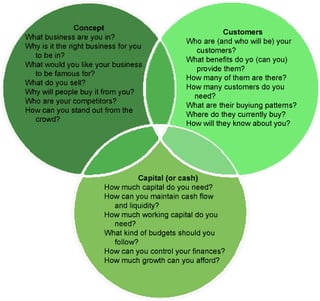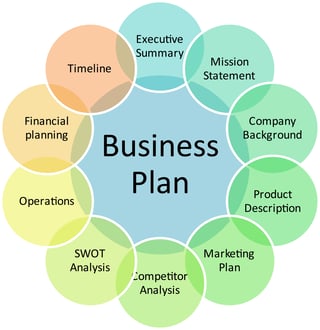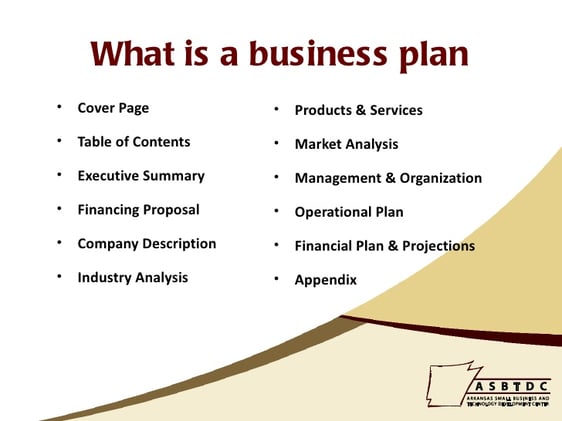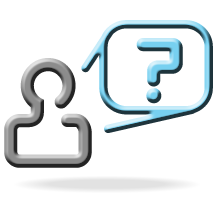If you are lucky enough to have reached the point where you can have a crew or two working for you handing the actual work of your business congratulations.
But now how do you use this new found freedom of not working daily out in the field on a job site to improve and grow your business the best way you can?
Well that can not be easily answered in just a short blog post, so sorry in advance for this ones length. It will take each person a lot of time, trying a number of different things over days, weeks, months and even years to get this accomplished. But there are ways to make this process move along faster.
First you have to know the type of person you are and what work style gives you the best results. It is not going to be the same for every business owner out there and you have to learn and nurture what yours is.
You can buy books, get into a program, go to seminars put on by other very successful people but there is no guarantee that even if you do exactly what they did you will be as successful even if they have a carbon copy of you and your business, which of course no one is or does, even as a twin or with a franchise.
You first have to not only know your business but know yourself. What makes you the most productive? Look back over the last month or so and make notes as to what tasks you have had to do, what steps did to take to get them done and do you think you did them the most effective way? If you could have had perfect control what would you have done to get those tasks done sooner? better?
Ex: You had a company ask for a bid and it took you 3 days to get it ready and deliver it to them and they went with someone else that was not lower in cost but faster in their response. Examine what steps you took to do that task and what could have been done better. Where you delayed by scheduled work? Well that problem is now solved. Did it take you too long to get an accurate calculation of the scope of the work? Did not have time to get to the site, Google Maps didn't have a clear view of the area or building? So time will not be as big of a facture moving forward what else could have helped?
Next you need to know how and when you are the most productive.
Are you a morning person, like to start the day early and get as much done right away to leave the rest of the day open for new things as they come in? Are you a slow starter and like to build up to more difficult or more time consuming tasks as the day goes on? Are you a list maker that can work down a list item by item completing each one in order? Do you need complete separation from distractions to get a task done? Can you delegate tasks and not feel you have to micro manage and revisit tasks others are doing for you? Do you work better by breaking a big task down into smaller pieces that you can do in short burst of time and maybe not in a certain order and be able to do other things in between them?
You need to know what works best for you and then create and implement a routine. No one can tell you their perfect system and know it will work the same for you.
But here are some tips others have used to be more productive and you can see if they will work for you.
Organize your day or week into blocks depending on when you have found your are most productive. Some as I mentioned are early risers, some are night owls while many are at their mental peek mid-day from 11 am to 2 pm. Some people want to start the week off with the biggest task they will have to have done by Friday while others want to clear all the small tasks out of the way and work best undisturbed under a deadline on Friday. If possible set these blocks of time to be undisturbed, turn off the cell phone, don't look at e-mail, let everyone know that during these few hours every day or on certain days, like Tuesday and Thursday you are not to be interrupted.
Inside of these blocks, do the things you don't want to do first. It is easy to do the things we love to do and hard to even think about starting the ones we do not. But if you put that hard task first and not allow yourself to move on to something else until it is done, the feeling of accomplishment once it is finished is much more pronounced and will make it easier the next time.
Focus on one task at a time, the biggest first. A lot of smaller tasks can trip you up into not getting the bigger usually more important thing done within the time you have set. Plus it is easier to move the smaller less important tasks forward into the next block of time you already have set up.
Work in the moment. If you are overwhelmed with how much you have to do, that is all you will think about instead of the task at hand. Do not try to multi-task and do not allow interruptions to stop you.
Have a To-Do List broken down into different sections. You might even want to create your own.
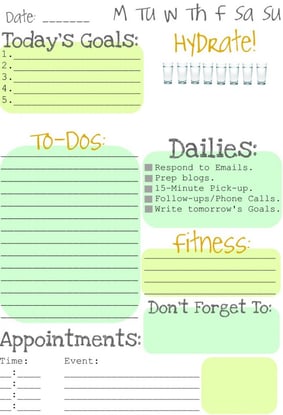

The three things that have to get done today no mater what, then the rest of To do today, this week, this month, for a long term goal. Try to get everything off your to do today list by a certain time each day, one or two off the this week section, each week one or two off the this month section and try to work on a least one task a week off the long term goal section.
Deal with it only once. When an issue comes up that should not be ignored, deal with it now and have it over and done. Ex: A customer calls not happy with something on a job, take the call, find out what the problem is, and if possible resolve it right then. If you need to speak with a crew member before it can be resolved, call him right then get his side, tell him how you want it handled and call the customer right back with what you have instructed to be done and ask if that is satisfactory. Do not tell the customer you will have to first speak with your employees once they are back in the office and will get back with them later or tomorrow. Or if the solution is not satisfactory to the customer keep going until it is. Then you are free to move on back to your set tasks.
Set up a calendar for repeated tasks, this is one that I do. For instance, I have to submit a script for a monthly video by the 8th of each month, at the first of the year I look to see when the 8th falls each month during the year. If it is during the middle of the week I can plan on needing to know my subject and set time during those few days, at least 3 hours in total, to write the script, enter and download all the photos needed for that video. If it is on a Friday I want the time set up and done before I take lunch. If it falls on a Monday I can start on Friday afternoon and set my block of time Monday right after lunch. At the end of each month I need to have decided on what our product specials will be for the next month, find a photo, create the Facebook cover shot to be ready to post it on the first which can take at least 1/2 hour of time, what my daily Facebook and Twitter post should cover during each month so that I can write them and set them all up in Hootsuite as many at a time as I can in the time I have set for that day, that can take a few hours to research, enter and schedule. I also have tasks that fall only once a quarter like filling out and filing our quarterly sales tax return before the 20th of the following month. Things like that should be an item put on your weekly to do list when that time comes around.
The calendar is also a way to set up long term goals. I have to choose and know when the industry shows we will attend are during the year, will we just exhibit or am I also going to be a speaker and set up all the tasks that will be required to do the best job I can at these events. I have been doing some tasks for these events for this upcoming Fall since January. Things like choosing event swag, will it go on sale or be discontinued before we need to order it. How much and of what type of products will we take, what will be our booth drawing prize, will we be featuring a new product, if I am presenting am I revamping a previous talk or making a new one from scratch, will we need new collateral materials made for the events, signs, flyers, SDS's catalogs, etc.
And one I love, Don't be paralyzed by perfection. Some people are afraid to make a decision or say they have finished a task because it may not be perfect. It is better to let something be done or go out the door that may not be 100% perfection rather than hold on to it hoping to remove every flaw and miss opportunities. I am never 100% happy with a blog post or an article, or a presentation, but that allows me to go back and improve on it and send it out again in a new better version a little while down the road.
Well again congratulations on your new found freedom of not working daily out in the field but hello to the new challenge of making the best use of this time to move your business onward and upward.






